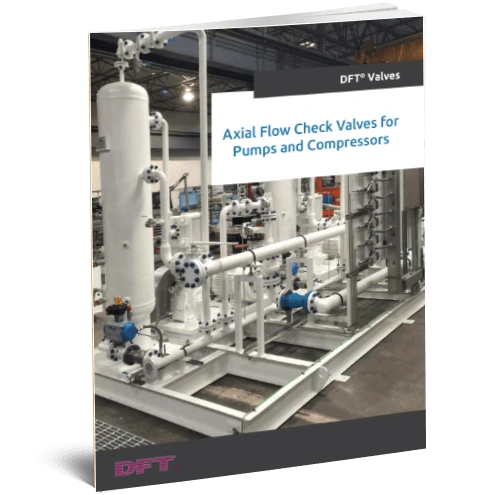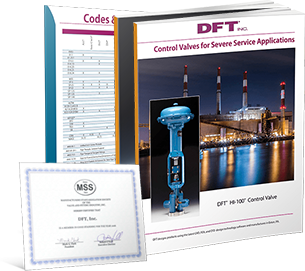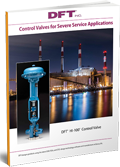Latest Posts
Join DFT® at Valve World Americas Expo & Conference – Booth #314
Posted by DFT Valves on
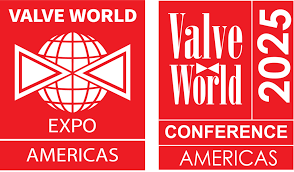
DFT® is excited to announce that we’ll be exhibiting at the Valve World Americas Expo & Conference on Wednesday, June 4 and Thursday, June 5 at the George R. Brown Convention Center in Houston, Texas. You’ll find us in Booth #314 in Expo Halls D & E. Location: George R. Brown Convention Center 1001 Avenida de las Americas Houston, TX 77010 If you haven’t registered yet,… Read More
What are the Types of Check Valves Used in the Gas Industry?
Posted by DFT Valves on
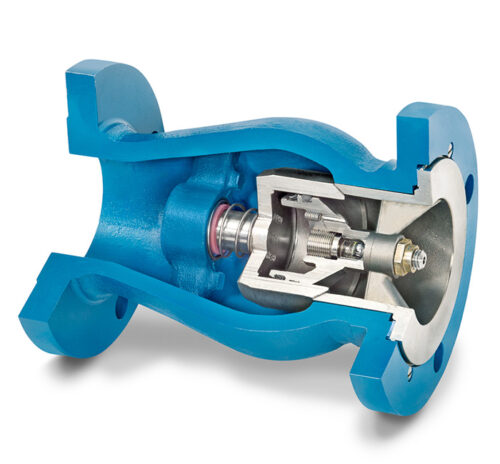
Check valves are used in pipelines, hoses, and tubing to prevent backflow of liquids and gases. In the gas industry, this helps protect equipment from damage, reduce excessive vibration, and maintain steady production. A major use for check valves is normalizing the flow of gas during reciprocating compressor discharge in long-distance pipelines. Other natural gas… Read More
Check Valves for Oil & Gas Wells and Produced Water
Posted by DFT Valves on

With close to 1 million producing oil and natural gas wells in the United States, the industry generates approximately 60 million barrels of produced water daily. This water originates from subsurface reservoirs during the extraction process, where it mixes with oil and gas and emerges at the surface. It can also include water injected into… Read More
Natural Gas Storage
Posted by DFT Valves on
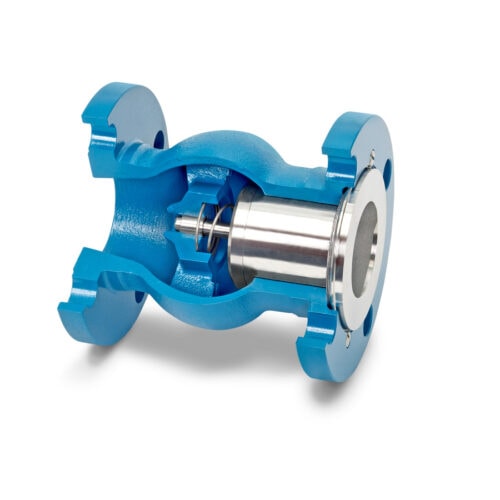
Natural gas storage and transmission systems are critical components of the energy sector. They allow companies in the industry to effectively balance natural gas production with its consumption. However, such systems are constantly exposed to the erosive flow of solid particles within natural gas that can damage the ductile metal of pipelines or valves, compromising… Read More
Check Valves in Semiconductor Fabrication
Posted by DFT Valves on
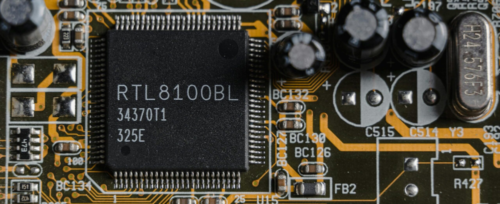
Semiconductors are highly sensitive electronic components that require precision and ultra-clean settings to produce. For creating and maintaining such high-purity conditions in semiconductor fabs, another name for fabrication facilities, manufacturers commonly utilize check valves in their fluid systems. Read on to learn more about the importance of dependable check valves in semiconductor fabrication operations as… Read More





